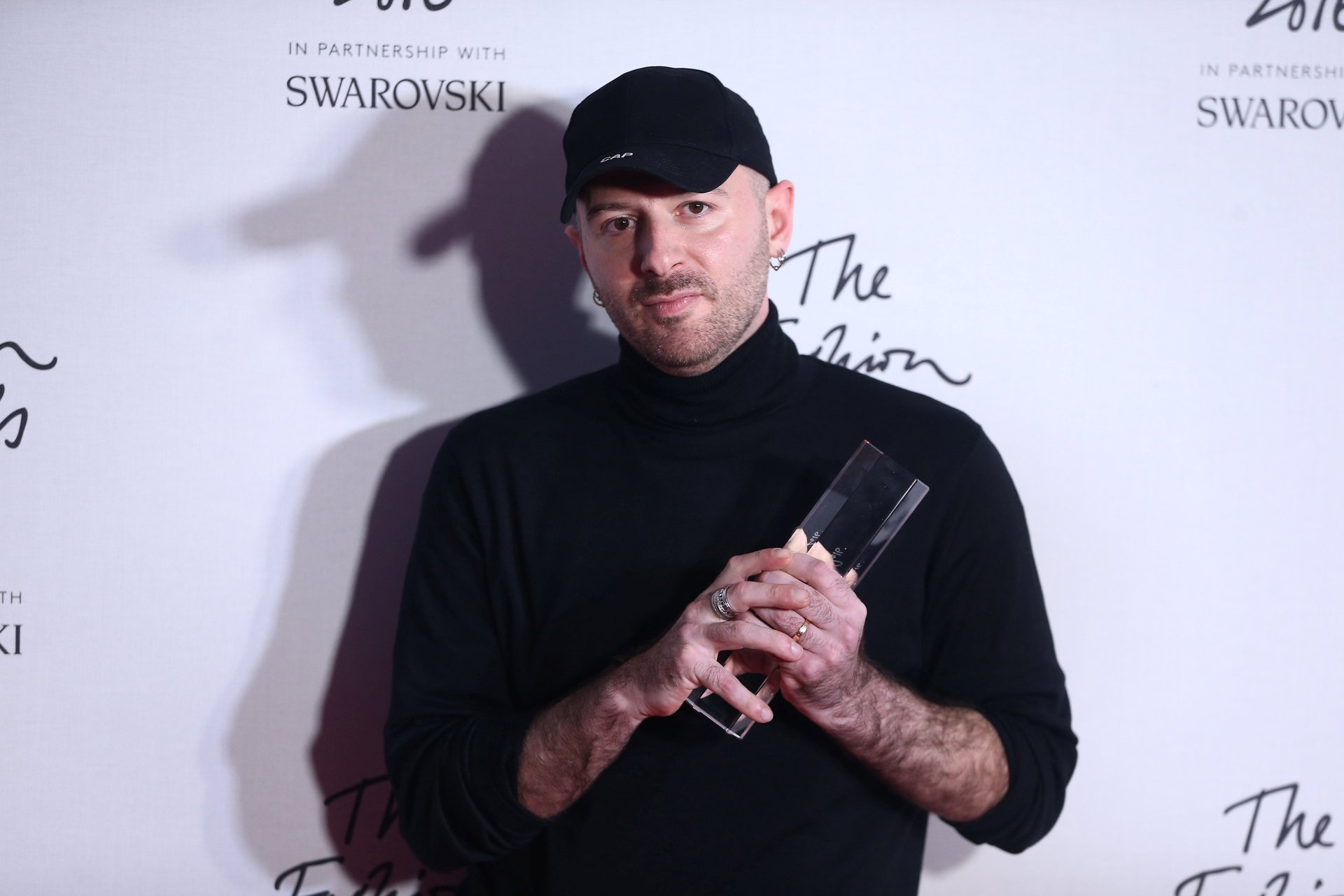The visionary behind luxury streetwear and ugly fashion has a more interesting backstory than the looks he created
The past three years of fashion have been about broadening the definition of luxury (see: streetwear, sneakers). And in many ways, we have Demna Gvasalia to thank for that.


The past three years of fashion have been about broadening the definition of luxury (see: streetwear, sneakers). And in many ways, we have Demna Gvasalia to thank for that.
The Georgian designer has quietly revolutionized how we think about fashion, garnering industry praise and commercial success alike. (You know you’ve made it when your products are so ubiquitous they get name-dropped in Cardi B’s number one single.)
A little about Gvasalia: He grew up in Georgia, on the coast of the Black Sea. He graduated from Antwerp’s Royal Academy of Fine Arts, the third-best undergraduate fashion program in the world which counts designers Kris van Assche (Dior Homme and Berluti), Dries van Noten, Ann Demeulemeester, and Martin Margiela among its alumni. Gvasalia would go on to cut his teeth at Maison Martin Margiela and Louis Vuitton.
By 2014, the 30-something gained notoriety after founding and acting as lead designer for the independent fashion collective Vetements. (You may know it from its $300 DHL t-shirts.) It only took a year to get the attention of celebrities like Kanye West (Kim Kardashian wears plenty of Gvasalia-era Balenciaga today) and more importantly, Kering executives. The fashion collective is known for its edgy and subversive, pseudo-goth-meets-streetwear aesthetic.
Traditionally, the Balenciaga playbook has been about experimenting with the female form, revolutionizing traditional silhouettes in the mid-20th century with babydoll dresses and expert craftsmanship. So, for the guy heading a new, buzzy brand to be appointed at Balenciaga “was certainly jarring and significant in that it was this house that was known as one of the most couture of couture houses,” says Robin Givhan, the Washington Post fashion critic who attended Gvasalia’s first show for Balenciaga.
Put simply, Gvasalia “was as far afield from traditional fashion thought as you can really imagine,” says Givhan.
At his first Balenciaga show, Gvasalia forced the fashion establishment to confront some questions: Do designers have to maintain the codes of a brand’s traditional aesthetic? How are we defining luxury in this new era? And for that matter, what is so luxurious about a parka?
“I thought that [parka] was fascinating and extraordinary,” says Givhan. “[Gvasalia] managed to take this familiar, unimpressive garment and merge it with what you could describe as a couture-ish sensibility, and come up with something incredibly familiar and incredibly different. It looked expensive, but not in any kind of ostentatious or obnoxious way.”
In the coming seasons, Gvasalia helped usher in the era of ugly fashion, defined by things like purposefully “awkward proportions and downmarket fabrics to create a look that feels aggressively unglamorous” (Indeed, Gvasalia eventually told The Guardian that he thought elegance is irrelevant.)
Gvasalia’s Balenciaga introduced the coveted Triple S sneaker in 2017, welcomed by a thousand copies, and encouraged the now-inescapable bulky-sneaker trend. Downmarket brands flirted with legal trouble by duplicating ultra-popular Balenciaga sock boots and trainers. Heavily memed jackets were simultaneously Internet fodder and insider statement piece. All the while, Balenciaga parent company Kering enjoyed the fruits of Gvasalia’s labor.
Perhaps most importantly, however, Gvasalia’s appointment and subsequent tenure shifted the conversation in luxury to where it is today, as he continues to conceive the future of fashion, whether that’s sneakers or suits. Either way, it seems Cardi B is still on board.